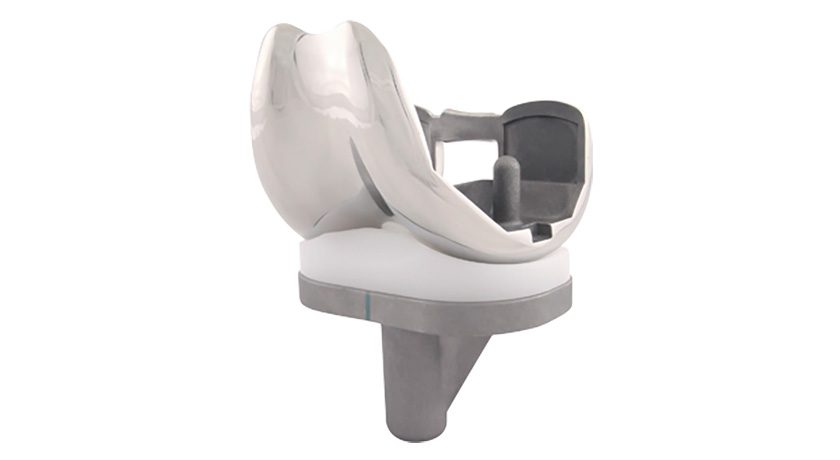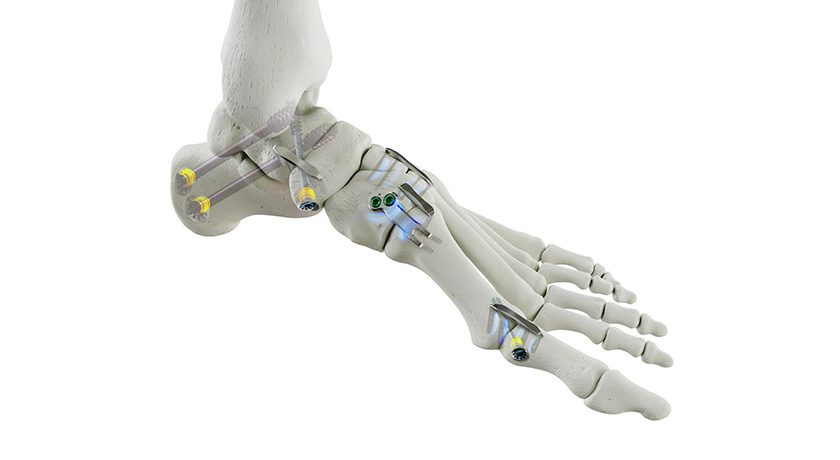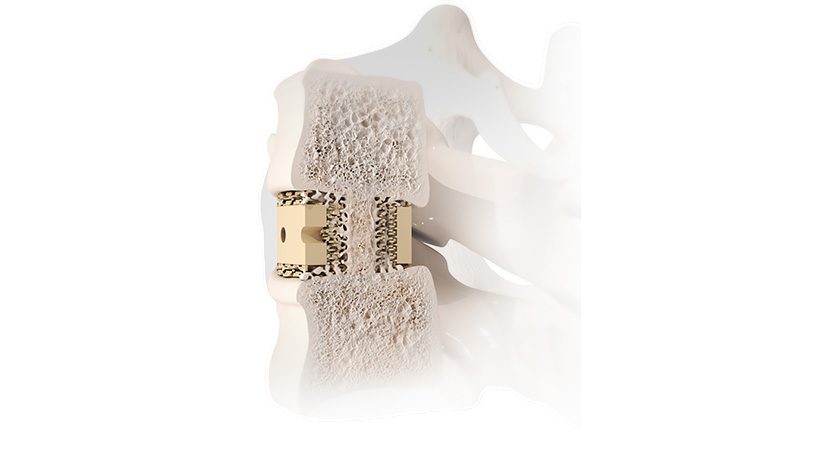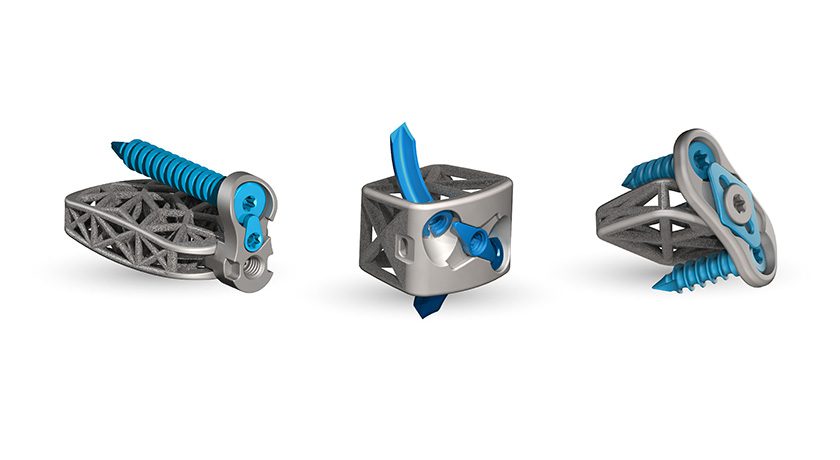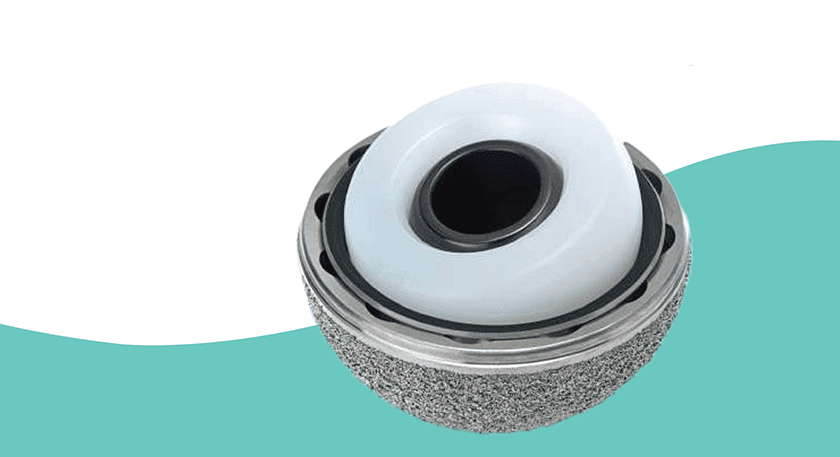

 Copy to clipboard
Copy to clipboard 
Smith+Nephew commenced launch in Japan of the OR3O Dual Mobility System for use in primary and revision hip replacement. Compared with traditional solutions, dual mobility implants have a small diameter femoral head that locks into a larger polyethylene insert, which is designed to increase stability, reduce dislocation risk and offer improved range of motion.
OR3O incorporates Smith+Nephew’s OXINIUM DH advanced bearing surface for its liner, and proprietary OXINIUM on XLPE for its femoral head and polyethylene inserts. This eliminates both the modular CoCr liner and/or CoCr head ball from the construct, reducing wear and corrosion risks that have been associated with the alloy.
OXINIUM DH (Diffusion Hardened) is a variation of Smith+Nephew’s OXINIUM Technology platform that increases the depth of hardening through an additive manufacturing process.
“Smith+Nephew’s OR3O Dual Mobility System is a groundbreaking introduction for Japan that offers technology not available in competitive systems,” said Shinya Dobashi, Senior Vice President and Managing Director, North Asia, Smith+Nephew. “Over a dozen peer-reviewed publications have now cited or expressed concerns over corrosion or elevated ions in CoCr modular dual mobility liners. The reduced corrosion1 of our OXINIUM and OXINIUM DH bearing surface sets OR3O apart from the competition.”
Source: Smith+Nephew
Smith+Nephew commenced launch in Japan of the OR3O Dual Mobility System for use in primary and revision hip replacement. Compared with traditional solutions, dual mobility implants have a small diameter femoral head that locks into a larger polyethylene insert, which is designed to increase stability, reduce dislocation risk and offer improved...
Smith+Nephew commenced launch in Japan of the OR3O Dual Mobility System for use in primary and revision hip replacement. Compared with traditional solutions, dual mobility implants have a small diameter femoral head that locks into a larger polyethylene insert, which is designed to increase stability, reduce dislocation risk and offer improved range of motion.
OR3O incorporates Smith+Nephew’s OXINIUM DH advanced bearing surface for its liner, and proprietary OXINIUM on XLPE for its femoral head and polyethylene inserts. This eliminates both the modular CoCr liner and/or CoCr head ball from the construct, reducing wear and corrosion risks that have been associated with the alloy.
OXINIUM DH (Diffusion Hardened) is a variation of Smith+Nephew’s OXINIUM Technology platform that increases the depth of hardening through an additive manufacturing process.
“Smith+Nephew’s OR3O Dual Mobility System is a groundbreaking introduction for Japan that offers technology not available in competitive systems,” said Shinya Dobashi, Senior Vice President and Managing Director, North Asia, Smith+Nephew. “Over a dozen peer-reviewed publications have now cited or expressed concerns over corrosion or elevated ions in CoCr modular dual mobility liners. The reduced corrosion1 of our OXINIUM and OXINIUM DH bearing surface sets OR3O apart from the competition.”
Source: Smith+Nephew

You are out of free articles for this month
Subscribe as a Guest for $0 and unlock a total of 5 articles per month.
You are out of five articles for this month
Subscribe as an Executive Member for access to unlimited articles, THE ORTHOPAEDIC INDUSTRY ANNUAL REPORT and more.
JV
Julie Vetalice is ORTHOWORLD's Editorial Assistant. She has covered the orthopedic industry for over 20 years, having joined the company in 1999.


